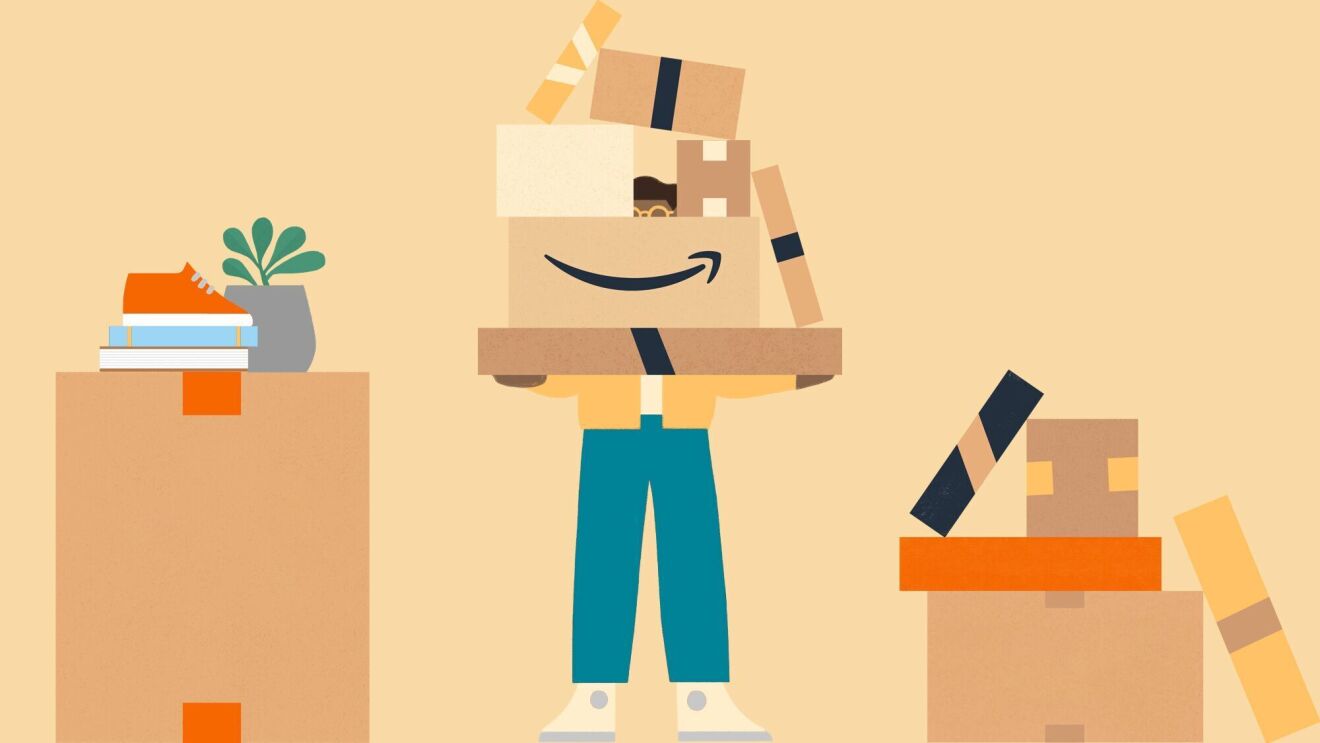Ideas from every part of Amazon help the company improve every day, and workplace safety is no exception. The spirit of innovation that drives customer service at Amazon also applies to ensuring everyone encounters a safe, healthy environment whenever they are at work.
"We're a disruptor and a differentiator in how we operate," said Paul Pace, who leads environmental health and safety for Amazon's operations worldwide. "That same mind-set is applied to our associates' safety and the conditions of our buildings."
Prevention is paramount
In addition to the basics you might expect—providing safety training for all fulfilment centre associates and tracking workplace injuries—Amazon stays ahead of safety issues by interacting with associates through multiple channels, including regular start of shift briefings and feedback systems. An online tool called the Safety Leadership Index, for example, regularly measures associates' perceptions across the company's operations. Are managers helping to create a safe environment? Is the training for associates relevant and helpful? How do people feel about their workspaces?
"Through the Safety Leadership Index, we receive feedback across the country from every associate, all the time," Pace said. "That gives us super insightful information about how people feel and what they would like to have adjusted."
The suggestions that come in—whether it's changing the conveyor system during the unloading process at warehouses or streamlining pedestrian crossings to reduce the chance of people coming into contact with equipment—help reduce risk so the company is proactively preventing accidents rather than reacting to them.
Pace's team is also experimenting with the best ways to give employees tools to improve ergonomics and safe movements at work in an effort to reduce the kind of body mechanics issues that crop up over time in nearly any job.
Taking a proactive approach
Amazon regularly engages with the local government through the Health and Safety Executive as well as community organisations such as local fire and police stations to exceed workplace safety standards. But Pace, who has been with Amazon for more than a decade, believes in a culture of safety that takes an even more comprehensive approach.
Recordable issues, for example, are important, he said, but they serve as a "very broad brush" when it comes to understanding safety issues. By using real-time data that includes instances of first-aid attention, suggestions for improved processes and employee sentiment, his team is getting an even sharper picture of what's working and what needs to change.
"We innovate not just for our customers, but also our associates," Pace said. "That puts us on the proactive side when it comes to safety.








